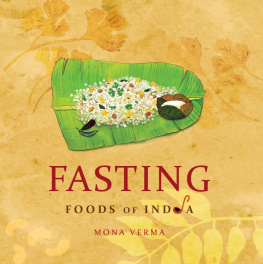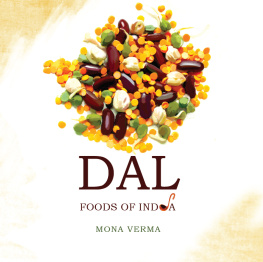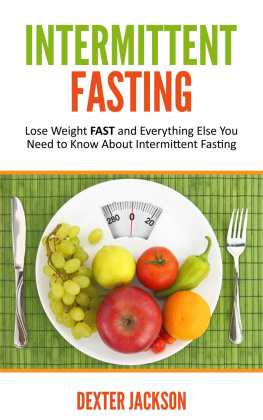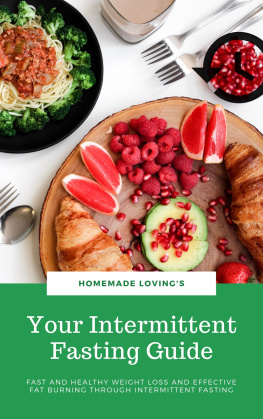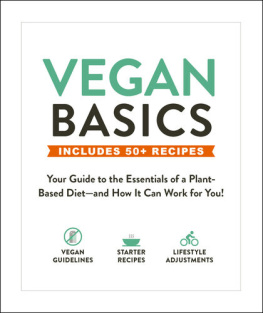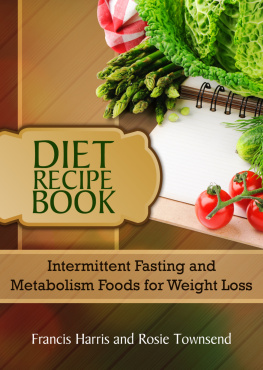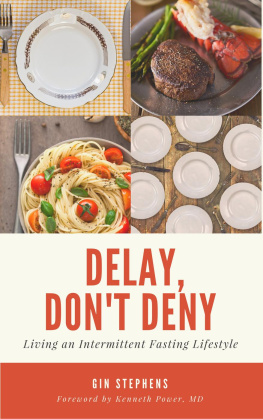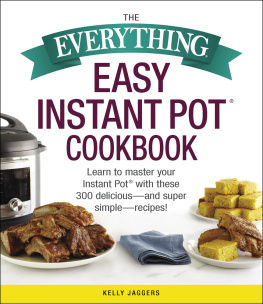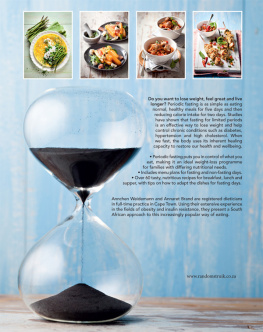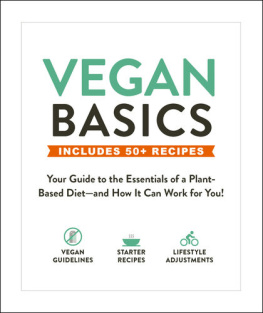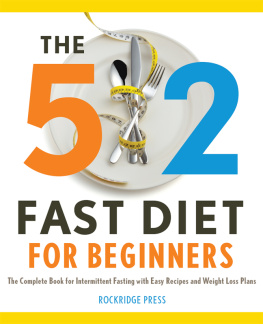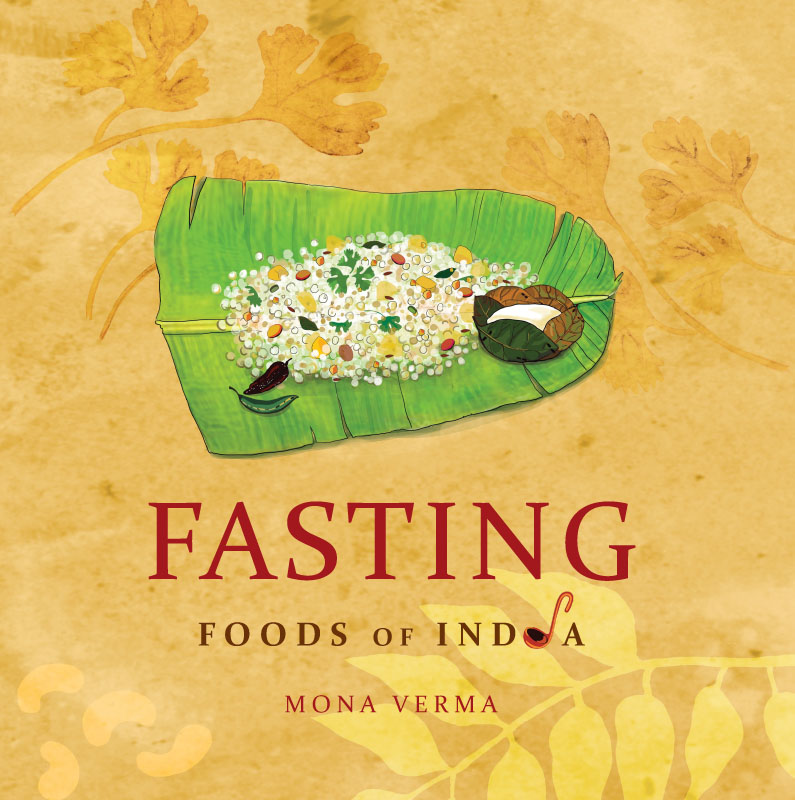ISBN 978-93-81115-95-4
Mona Verma, 2014
Cover , Illustrations & Artworks
Suhita Mitra
Printing Repro India Pvt Ltd
Published in India, 2014
BODY & SOUL BOOKS
An imprint of
LEADSTART PUBLISHING PVT LTD
Trade Centre, Level 1
Bandra Kurla Complex
Bandra (E), Mumbai 400 051, INDIA
T + 91 22 40700804 F +91 22 40700800
E info@leadstartcorp.com W www.leadstartcorp.com
US Office
Axis Corp, 7845 E Oakbrook Circle, Madison, WI 53717, USA
All rights reserved worldwide
No part of this publication may be reproduced, stored in or introduced into a retrieval system, or transmitted, in any form, or by any means (electronic, mechanical, photocopying, recording or otherwise), without the prior permission of the Publisher. Any person who commits an unauthorized act in relation to this publication can be liable to criminal prosecution and civil claims for damages.
To my children and their spouses
Akhil and Purnima
&
Seema and Anish
who fulfilled my life as a proud mother
A BOUT THE A UTHOR
Mona Verma ( nee Pahlajani), was born in 1940, in Sukker, Pakistan, before the fateful events of Partition. Following an Intermediate in Arts from Bhopal University, her interest in cookery took wing after marriage. She learnt the art of cookery by attending classes and experimenting on her own with ingredients and flavours. In 1968, she started her own cookery classes in Calcutta, which became extremely popular, and she was soon appointed cookery teacher for graduate students at St. Lorettos Convent. In 1971, she moved to Mumbai and so did her cookery classes. The fact that, at one time, 13 of her students were running their own cookery classes, is a tribute to her skill both as a cook as well as a teacher. For many years she also conducted Finishing Courses for final year students at Vivekanand Education Trusts High School & College. Mona has varied social interests. She has been actively involved with the Lions Movement; served on the board of Seva Samiti , a charitable trust working for needy women; and is an active member of the National Council of Women in India (Nagpur Chapter). She is also a poet and student of Indian classical music. Writing is one of her many passions and her articles have been published in many newspapers and magazines. She continues to write a Sunday cookery column for The Hitavada . Mona lives in Nagpur with her husband Asoka, a Management Consultant. Mona can be reached at: monaverma@ sancharnet.in
A BOUT THE I LLUSTRATOR
Suhita Mitra was born in Kohima, Nagaland a region of untouched, natural beauty. Wherever the eye travelled, there were hills, trees, flowers and wildlife. Television was still unknown and all that young children had to amuse them was the enchantment offered by the gardens, the playing fields and bookslots of story books. Such an environment was a natural nursery for the imagination. Suhita joined the National Institute Of Design, Ahmedabad, where the untrammeled imagination fostered by her childhood environment, suddenly found meaningful channels through art appreciation, photography, freehand drawing, animation and typography. With her love of nature, she feels inspired to give back through her work as an illustrator and designer. Suhita can be reached at: suhita.mitra@gmail.com
C ONTENTS
T HE R ECIPIES
BAKES
SALADS
RAITAS
CHUTNEYS
PRESERVES
DESSERTS
KULFIS
HALWAS
KHEERS
BURFEES
LADOOS

I NTRODUCTION
India is a fascinating country with varied cultures and languages across its immense vastness. It has a rich and distinct culinary legacy, but its size and diversity makes it difficult to keep track of the many names for various food items or the multitude of ingredients used by people from different States, speaking various dialects.
What binds India together is spirituality, which I believe is not a religion but a way of life, allowing each one of us to believe in what appeals to us. It could be gods and goddess, saints (seers and fakir s included), or simply the faith in a superpower that controls living and being. This way of life has, over the centuries, bred tolerance and acceptance of different views.
India is often described as a country of fasts, feasts and festivals. Fasting is a pan-religion tradition to please god by controlling and curbing ones desires. It is a feature of Hinduism, the Islamic Ramzan , the Christian Lent , the Jains Pariyushan and so on. It a ritual followed all over India in order to purify the body and soul. In this book, I have referred to Hindu fasts since they are what I am familiar with. However, the recipes can be used by anyone of any faith.
Fasting is termed upvas in Hindi, although it is derived from Sanskrit. Up means near and vas means to reside. It suggests that by observing upvas and thereby practicing austerity, one comes closer to God. Therefore, during upvas, the meals have to be satvik (believed to be the food of the gods), and not tamsi (which give rise to emotions such as anger, violence and sexual desire). That was how it was originally meant to be. However, over the centuries, these concepts have changed and adapted themselves to the times and peoples levels of practised tolerance.
There are no definite laws as to what can/ cannot be eaten during the fast days. These practices have mainly been passed down as traditions. Regular cereals like wheat, rice, dal (lentil), are considered out of bounds, so are most spices. Among vegetables, potatoes, ladies finger ( bhindi or okra ), red pumpkin ( lal bhopla or kumbhda ), yam ( suran ), sweet potato ( shakarkand ), cucumber ( kakdi ), jack fruit ( kathal ), and lemon ( neebu ), are usually consumed. Similarly, chillies and fresh coriander leaves are also part of fasting foods, while in some parts of India, ginger root (adrak) is also consumed. Roasted groundnut ( mungfalli dana ), whole or crushed or powdered, is extensively used. So are milk and curd ( dahi ). Little millet ( vari ) and sago ( sabudana ), are consumed instead of rice (one of the main staple foods of India), whereas flours made of buckwheat ( kuttu ), water chestnuts ( sighada ), finger millet ( ragi ), and amaranth seed ( rajgira ), are used in place of wheat flour, which is otherwise used for making Indian breads. Most fruits are allowed. While sugar in any form is allowed, salt is strictly prohibited. However, solely for the purpose of adding taste to the fasting foods, rock salt ( sendhya namak ), can be used. Although the cooking medium is supposed to be clarified butter (pure ghee ), most people who cannot afford pure ghee, use groundnut oil or any other oil predominantly available in that region. However, some foods only taste as they should when cooked in oil; in such cases, ghee is avoided.

